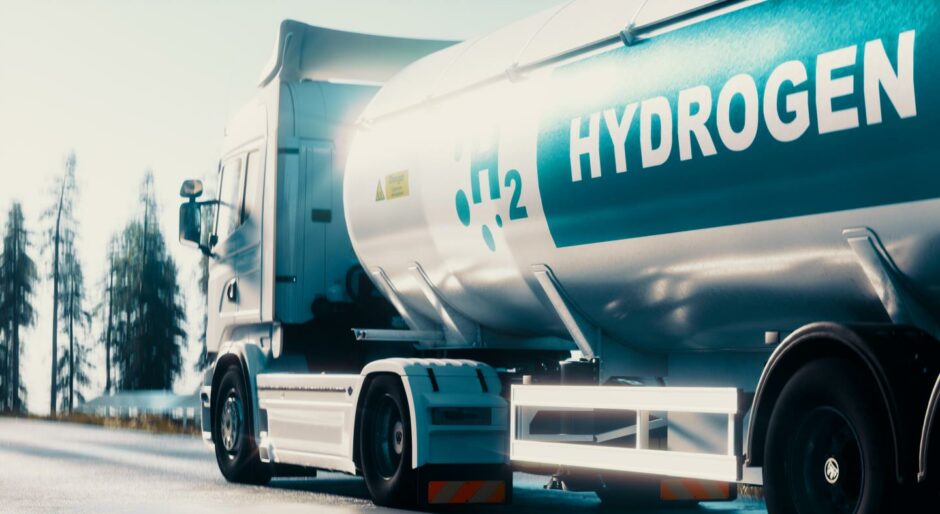
Low-carbon hydrogen is an essential part of the UK’s strategy to achieve net zero by 2050. There are high hopes that hydrogen will eventually provide a clean source of fuel for homes, transport and industry, especially in sectors that are hard to decarbonise.
This article outlines the main types of hydrogen, the UK government’s stance on the industry, which sectors are likely to be first movers, and risks associated with production.
Types of hydrogen
A number of methods are used to produce hydrogen, but grey, blue and green hydrogen are most in scope at the moment.
There are 37 hydrogen projects currently planned in the UK, and the government is targeting growth in low carbon hydrogen to cut 9% of 2018 UK carbon emissions between 2023 and 2032, attract £4 billion of investment to the hydrogen economy, and create 9,000 jobs by the end of the decade.
UK’s hydrogen timeline
2022
- Launch the £240 million Net Zero Hydrogen Fund to support early hydrogen production projects.
- Finalise the UK standard for low-carbon hydrogen.
- Finalise hydrogen business models, enabling first contracts to be allocated from Q1 2023.
2023
- Complete testing necessary to allow up to 20% blending of hydrogen into the gas distribution grid for all homes on the gas grid.
2025
- 1GW of hydrogen production capacity.
- Large village hydrogen heating trial; set out plans for a pilot hydrogen town before the end of the decade.
2030
- 5GW of low carbon hydrogen production capacity by 2030 for use across the economy.
Who will be first?
The UK’s “hard-to-abate” carbon-intensive industries will probably provide the earliest demand. These include cement, steel, and heavy-duty transportation.
In October 2021, JCB agreed to buy billions of pounds of green hydrogen made by the Australian company Fortescue Future Industries (FFI).
This deal demonstrates a key feature of hydrogen production — that intermittent supplies of wind and solar energy in one country can be converted into hydrogen and stored, and then transported at a later date to another country, where it can be used as an energy source.
Hydrogen is a particularly suitable fuel for freight transport vehicles, as the amount of batteries needed would be too heavy to make an electric solution viable. Hydrogen, on the other hand, is a light source of significant energy.
Key risks
Hydrogen offers many possibilities, but its production is expected to bring new risks, some of which are considered below.
1. Fires and explosions
Gaseous hydrogen can be compressed into long cylinders that are stacked on trailers for transport, and can be stored in liquid form in storage tanks. Ruptures of tube trailers or tanks can cause fire or explosions. Hydrogen burns in the air with an invisible flame. Detection sensors and emergency shutdown systems can be used to manage explosion and fire risks.
2. Leakage
Given the small size of the hydrogen molecule, it cannot be transported using the UK’s existing pipelines without the risk of leakage. Leaks are expensive, while a build-up of hydrogen in poorly ventilated or enclosed spaces could result in an explosion. The present infrastructure may be modified at a relatively low cost to carry a 20% hydrogen natural gas blend.
Given the comparatively small size of the UK, a decision may be taken in future to build a new network to transport hydrogen within the country which could be more cost effective.
3. Technological risk
Many hydrogen projects are small-scale with limited volumes of manufacturing capacity. Applications still need to be proven at scale before they can be widely deployed.
4. Metal and steel embrittlement
High-strength steels and metals in contact with hydrogen can become brittle, potentially leading to equipment failure.
5. Supply chain risk
Importing Hydrogen involves a complex supply chain. There is a reliance on producers and also a small number of shipping companies that are able to transport hydrogen. There is no trading in hydrogen yet, so it is not available on the open market if there is an interruption to supply.
6. Business interruption risks
Loss or damage of an electrolyser could halt production. Given potentially long wait times for equipment —reaching several years in the near future — business interruption exposure may be significant.
Safe processes and risk management are vital moving forward to reduce frequency and severity of hydrogen-related accidents and to maintain reliable supplies. Insurers should be at the forefront of the conversation as the hydrogen transition progresses.
If you have any questions about hydrogen risk, please contact your Marsh adviser.
Recommended for you
